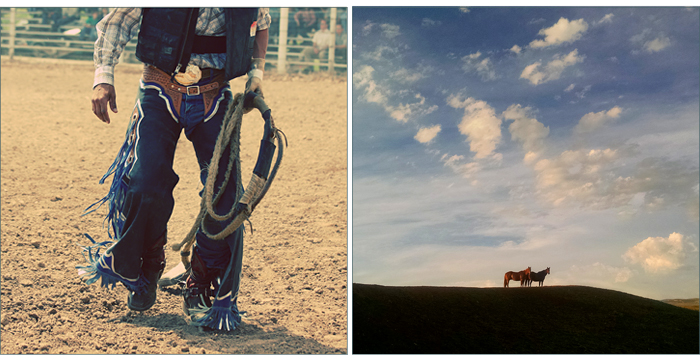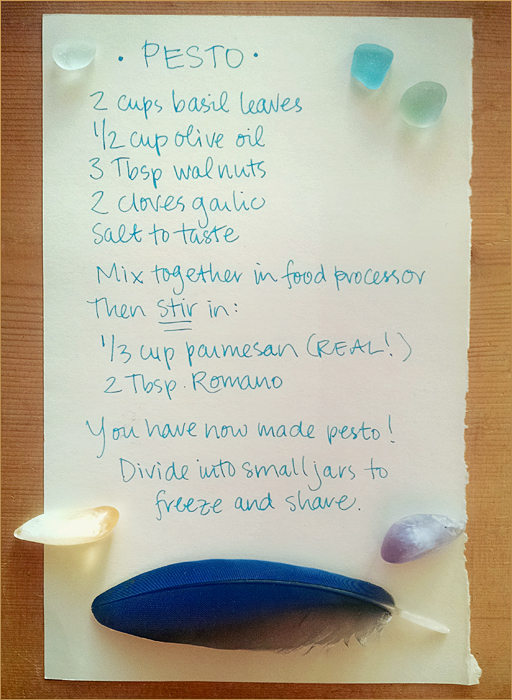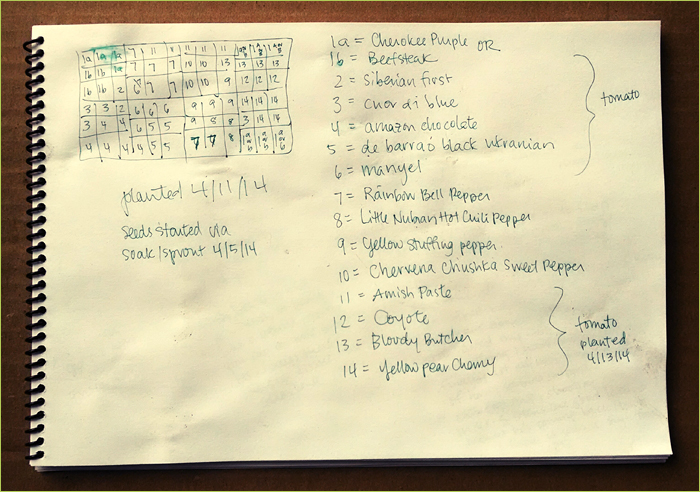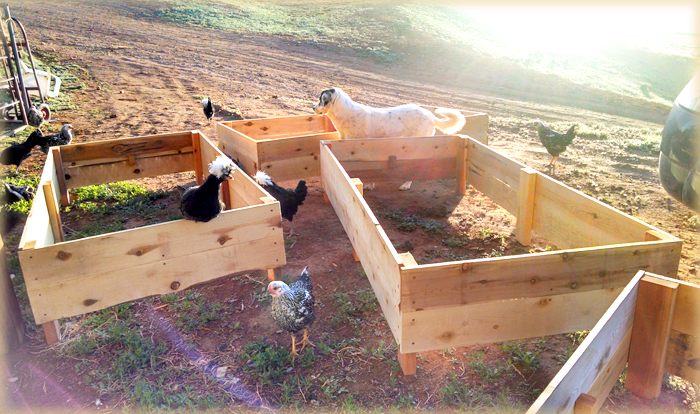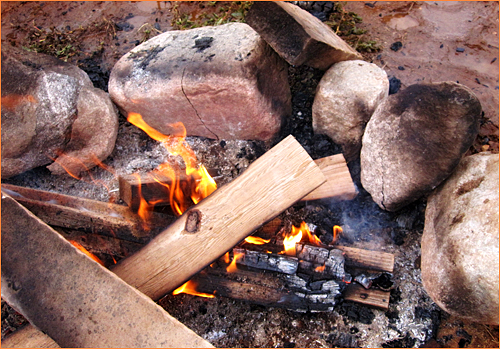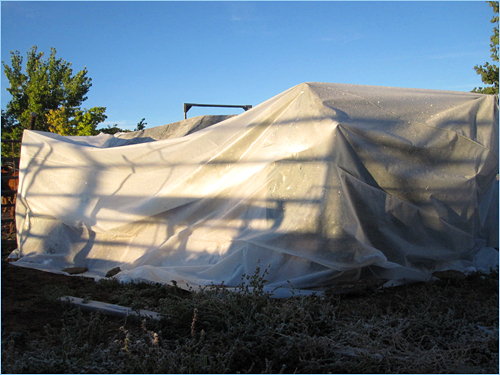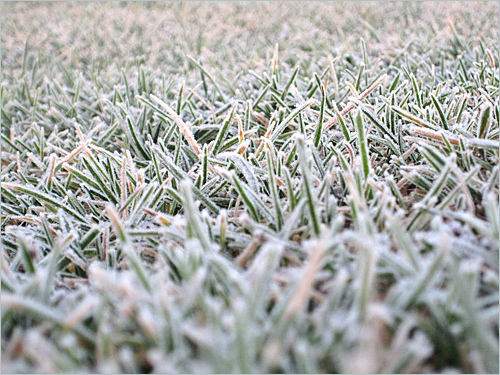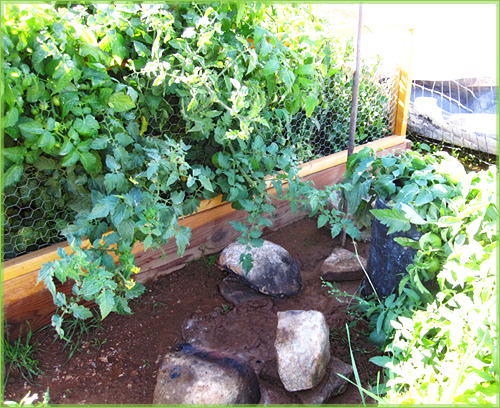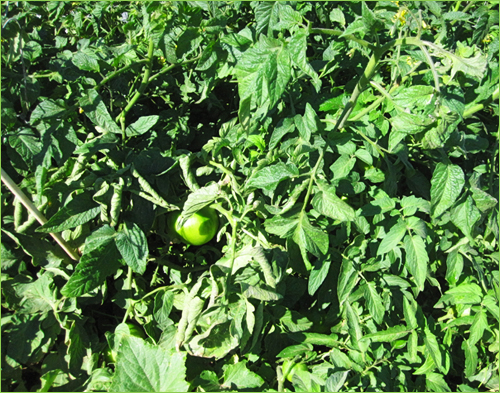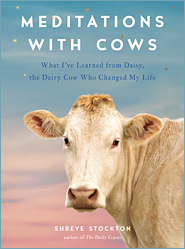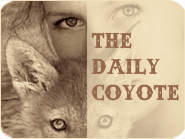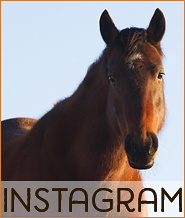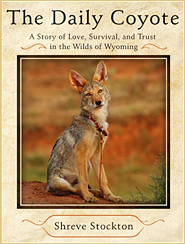Only Soup, Every Soup
Soup is my favorite food group. And lately, it’s the only thing I want to eat, which is fortuitous, as this is the best time of year for soup! I have made many, many vats.
Butternut Soup
My favorite soup; I’ve made it so often I don’t follow a recipe. I just throw stuff in a pot: one onion sauteed in butter, two peeled and cubed butternut squash, an apple or two, depending on their size (one if baseball-sized; two if raquetball-sized), broth to cover, nutmeg, cinnamon, salt, pepper. Simmer, covered, till butternut is very soft, then blend with an immersion blender. Stir in some cream (a cup? I just pour), taste, add more salt and nutmeg if needed. THE BEST.
Potato Soup with Roasted Garlic – Evelinas Ekologiska
I love the addition of white beans in this soup, but found the final product a bit bland, so I roasted a head of garlic and blended it in. A perfect addition, regardless! So rich, so autumnal! The page is Swedish but your browser will translate it for you.
Broccoli Soup – Smitten Kitchen
I prefer it with about 1/3 more broccoli and only 1/3 the of cheese. Mike has a thing against broccoli; when I make this soup, I never have to share.
Jambalaya – Gimme Some Oven
I subbed in local sausage and omitted the chicken. Really hearty without being heavy, soups are so wonderful that way!
Curried Cauliflower Soup – Cookie + Kate
Absolute perfection as is. This soup is SO SO GOOD.
What has made me really happy and excited, beyond all the soup itself, was realizing that 90% of the ingredients I’ve used for of all these soups came from my homestead or from people I know. I believe the coconut milk, shrimp, and spices are the only storebought items.
. . .
Farmily update: I took the pups out around 9 or 10pm as I do every night, and when I opened the door, there was Sid, on the deck, curled up on a rug that I’d accidentally left on the deck. The other calves were sleeping on the ground around him. He’s now big enough to sit on, but not so big he risks breaking the deck with his shenanigans (though that day will come….)
. . .
2017 Calendars are in the home stretch – I look at final proofs this week. Here’s a sneak peek of two pages from the surprise second calendar (there will also be Charlie’s Calendar)…. enjoy!
Best Pesto, By Request
* I use walnuts instead of the traditional pine nuts because pine nuts are so much more expensive and have you heard of pine mouth? Pine mouth is a condition one can get after eating pine nuts where everything you eat tastes horribly bitter – no matter what it is you eat – and which can last for two weeks! Walnuts sub in just fine.
* If you are awesome you can use a suribachi bowl and pestle instead of a food processor. Like this. They are large bowls with a rough interior texture. But if you are busy and/or making a lot of pesto (I try to freeze a couple of gallons so I can have it weekly all year long) a food processor really is the way to go.
Recipe text:
2 cups basil leaves
1/2 cup olive oil
3 Tbsp walnuts
2 cloves garlic
salt to taste
Mix together in food processor, then *stir* in:
1/3 cup parmesan (real!)
2 Tbsp Romano
You have now made pesto!
Divide into small jars to freeze and share.
Insecurity Breeds Tomatoes
When I last mentioned my garden, I had made a sauna out of fire-heated rocks and tarps to save my tomatoes from an early frost, which kept them growing for another week until it snowed in earnest in early October. At that point, I transplanted my basil, parsley, thyme, and jalepeno plants into pots and lugged them inside (where they flourished all winter!), and cut the tomato plants at the base and hung them from my bathroom ceiling and enjoyed vine-ripened tomatoes into November. Heady from keeping a few plants alive through the winter, I decided to start my garden from seed for the first time this spring.
Plants make me very nervous. Put me in a confined space with a coyote or a bull and I’m totally comfortable, but put some seeds in my hand and I start to hyperventilate. I’d ordered seeds in the past from Lisa at Amishland but had been too scared to plant them; this year, I unearthed those seeds from the back of a drawer and ordered a few more: heirloom varieties like Cuor di Bue and Coyote tomatoes, Chervena Chushka sweet pepper and Little Nubian hot pepper, and Astrakhanski watermelon. With great trepidation, I sprouted all the pepper and tomato seeds according to Lisa’s instructions, convinced that some – if not most – would not sprout due to some failure on my part. Nearly all of them sprouted. So I planted all the seeds, convinced that some – if not most – would not grow because of my ignorance and ineptitude. They all grew! And so I now have twelve watermelon and cantaloupe plants, fourteen pepper plants, and sixty tomato plants. SIXTY!
It was time to make more raised beds. Last year, I built three beds from 2×8 redwood – they are gorgeous and sturdy and I can walk their edges like a balance beam, but the materials were so expensive. This year, since I quintupled my garden space, I used DIY diva‘s technique with cedar fence planks. Way cheaper, and so easy to build – I knocked out six before noon my first day and another six one evening. The chickies helped. And I’ll have enough tomatoes to share the bounty with them, too.
Saving The Tomatoes
It snowed Thursday night. We knew cold was coming, though we were not expecting SNOW. In September! During the day, I had harvested all my herbs and peppers and transplanted basil, thyme, and parsley plants into pots which I carried indoors for the winter. And the jalepeño plant. I don’t expect it to continue producing through the winter, but it is such a beautiful plant.
But my tomatoes! I have another tomato jungle this year, two raised beds full of towering plants heavy with gorgeous green tomatoes still on the vine. I could have picked them green, or pulled the whole plants to hang, but I really didn’t want to do either, since these autumn cold snaps are briefly brutal and then the temperatures head back into the 70’s for weeks until Real Winter hits.
So, Thursday evening, I covered my tomatoes, as the forecast was calling for rain and mid-30-degree lows. Eli meowed at the door at ten or eleven that night, and I opened my door to a snowstorm. I was concerned about my tomatoes, but not worried – it was just barely freezing, the plants were covered, and generally, it’s not coldest while it’s snowing – it’s coldest once it stops snowing.
It snowed through much of Friday, but was obviously going to clear off by sundown, which was when the real tomato-killing cold would arrive. Friday afternoon, Mike and I piled up some granite boulders and built a bonfire around them, to heat the rocks.
At dusk, just as the snow was tapering off and the cloud cover was dissipating, we moved the hot rocks (wearing heavy leather gloves) under the tarp and into the tomato garden, and placed them between the raised beds. I tucked the tomatoes in for the night and hoped for the best!
The next morning, I walked up to the garden at dawn. The temperature outside was 28°F.
Frost coated the grass, and the tarp itself.
I wanted to measure the temperature inside the tomato tent but didn’t dare disturb it so early, so I just slid my hand inside – and it was noticeably warmer. Around 9:30am, the sun was bright and the air temperature had warmed well above freezing, so we unveiled the tomatoes.
LIFE! Success!! They survived beautifully. It’s back in the 70’s this week, so my zillion remaining green tomatoes will have a good chance at ripening, after all.
Why I’m Not Vegetarian (or Vegan)
It’s certainly not for lack of caring about animals. But before I get into details ~
I have noticed, over the years, that conversations about food and diet often veer into a similar realm as those about politics or religion. I don’t want that to happen here or in the comment section. I’m often asked how I can care so deeply for the cows and calves we raise and still eat meat ~ in answering that here, I am simply sharing my choices and what works for me; I’m not trying to “convert” anybody. I think every body has different needs and there is no “one size fits all” when it comes to diet.
Onward! I was really naive about food until I turned 26. I didn’t particularly care about food ~ it was not a priority in my life and I just ate whatever. I thought food was food, that all food was pretty much fine, because why would they have commercials on TV for Big Macs if they were bad for you? Naive.
Then I became devastatingly ill, to the point where I had to sit on the bathroom floor to brush my teeth because I didn’t have the energy to stand at the sink, and was battling an unyielding depression. It took me six months to discover the root was gluten intolerance and when I cut gluten out of my diet, all the horrible symptoms and effects disappeared. That period of illness was the worst six months of my life and it was the best thing that happened to me. Because everything changed. I realized that what I put into my body affected how I feel and how I function. I started paying attention to my body and I started paying attention to food.
I went vegan for a bit, but soon realized my body functions best with animal protein. It’s just the way it is with me. Some people thrive on a vegan diet and I didn’t. And so I began incorporating raw organic milk and cheese and grass-finished pasture-raised beef back into my diet, all of which I could buy in stores as I was living in San Francisco at the time.
These choices regarding animal products, however, were not rooted in altruism; they were totally self-centered. Since I had discovered that food = health and health = power, I wanted the animal protein I was eating to be as pure and natural as possible ~ when you eat meat, eggs, or dairy, you consume what the animal consumed, and factory-raised products are filled with antibiotics, hormones, and unhealthy fats because of the conditions in which the animals are raised.
Yet in my research surrounding this, I began learning about the absolute horrors of commercial farming and that is when I became passionate about the animals. I vowed that if I was going to eat an animal, I would make sure that animal never spent time in a feedlot or factory farm; that the animal’s life was as happy and peaceful as possible before that life was surrendered for mine.
I don’t ignore the fact that an animal dies so that I may eat meat. I don’t take it lightly. But to reconcile that fact, I have to know the animal had the happiest, most stress-free life possible and the quickest, most stress-free death possible. I eat elk that Mike hunts, because he hunts with a rifle and is so skilled that the animals he takes are dead before they fall. I also eat the beef that we raise, because I know the animal’s life was good, that it was loved and free, and I am with it till the end. There’s no feedlot, no slaughterhouse, just a trip down the dirt road to a small USDA-certified processor run by a woman who is smart and kind.
Because I am so adamantly against the industries of terror and abuse that are conventional farming, I haven’t eaten chicken in ten years, and I only eat eggs from Mike’s chickens (when they stop laying I go without) and dairy from Daisy (when she dries off for two months before each calf I go without). I feel really lucky to be so “close to the source” via my life in Wyoming. But it’s an ongoing process ~ just the other day I realized my favorite gluten-free bread which I buy upon occasion is made with eggs, and these are very likely factory-farmed eggs. So I switched to a different brand of bread that is vegan and gluten free.
Going back to the original question, how can I invest so much care in a orphan calf, or keep a hypothermic calf in my house, when I know it’s going to die anyway? Because I love each calf. Because I have so much respect for these animals and am so grateful for them. I will live in service to them because I know they will die in service to me. And in the meantime, I want their lives to be filled with respect and freedom and peace.
This is kind of a stream of consciousness blog post and I’m sure there are points I glossed over or points I may have missed, so please leave any questions you may have in the comment section and I will answer them. I can anticipate one question: How can I feel so strongly against feedlots and yet help raise calves that are sent off to that torture? I don’t. We don’t. But that is another long story which I will save for another day.
keep looking »